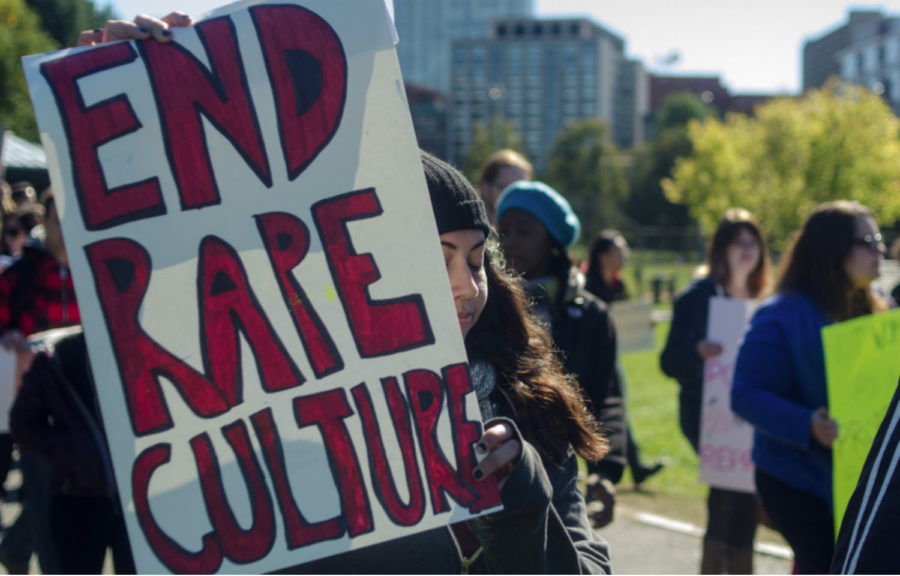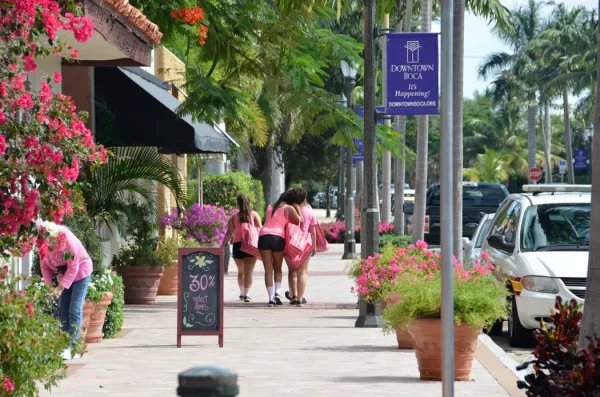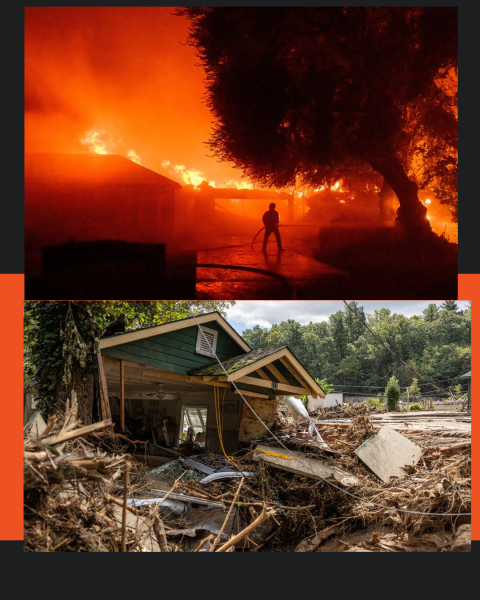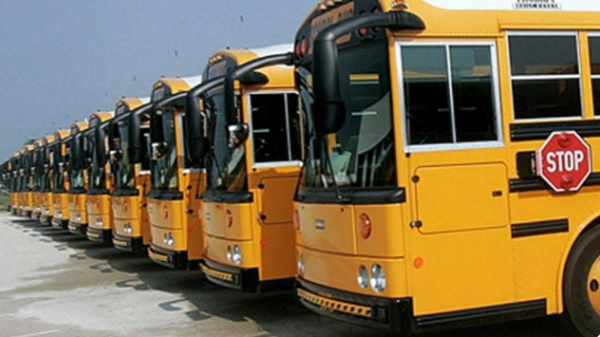OPINION: Not enough is being done to put an end to the rape culture that has been growing on school campuses
A website known as Everyone’s Invited was developed by 22-year-old Soma Sarra to bring awareness to rape culture and how desensitized the world has become to it. The website reveals thousands of young girls between age nine to college-age who have written about at least one instance of rape or sexual assault.
Many of these rapes took place in schools rather than in an empty street or unpopulated area. Although the site is focused in Britain, these instances can be applied to women or young girls globally, revealing that rape culture exists in the primary education system in school districts in all parts of the world.
“Rape culture is when attitudes, behaviours and beliefs in society have the effect of normalising and trivialising sexual violence,” according to the Everyone’s Invited website. “This culture includes misogyny, rape jokes, sexual harassment (groping, non-consensual touching), image based abuse (upskirting, non-consensual sharing of intimate photos, cyberflashing), and sexual coercion. When behaviours such as these are normalised this can act as a gateway to more extreme acts such as sexual assault and rape.”
Sarra created the website because she believed “exposing rape culture through conversation, education, and support” is an important aspect in raising awareness as to the dangers women face. Sarra did not expect to see such a widespread response to her request for sexual abuse victims to share their stories. For example, in just one week, more than 13,000 users posted testimonies detailing their experiences of misogyny, sexual abuse, harassment, and assault in school.
The Everyone’s Invited website states, “We are a movement committed to eradicating rape culture. Trigger warning for th survivor testimonies: Rape and sexual assault, abuse (physical, mental, emotional, verbal, sexual), eating disorders, self harm, suicide or suicidal ideation, violence, child abuse, pedophilia.” Also, the website currently has over 16,500 testimonies and over 45,500 people who regularly use the website.
Since the enormous response to her website, Sarra has added a section to inspire a positive change regarding rape culture. People are allowed to anonymously post suggestions to share the community’s findings with the government and develop solutions. Two British child protective services monitor the content that is posted to make sure effective change is made in regards to rape culture in schools.
The Office for Standards in Education, Children’s Services and Skills (Ofsted) reviews the “extent and the severity of the issue,” as well as ensuring that schools have enough resources and guidance on dealing with sexual assault and rape allegations. The National Society for the Prevention of Cruelty to Children (NSPCC) is a UK children’s charity, and they are an emotional help hotline for the website, and provide support on reporting crimes that were committed.
Unfortunately, Sarra’s website revealed that rape culture is not just in universities, but extends down to elementary and middle school ages. With wider access to technology, young boys have more access to pornographic content and they begin to believe that such intense sexual behavior is “normal.”
“An estimated 70 women commit suicide daily in the US, directly as a result of sexual violence. Worryingly, this figure has grown by 2.87% over the last year,” the website legaljobs.io reports.
Seeing as many instances of sexual assault for young people take place in schools, universities, colleges, and school districts need to reform their human growth and development curriculum – or establish a curriculum – to include conversations about consent, otherwise, instances of rape will increase rather than decrease.
According to data collected by the Guttmacher Institute, only nine states require the importance of consent to sexual activity to be covered. Without extensive conversations about consent, currently, one in five women will be sexually assaulted in their lifetime. Legaljobs.io reports “that less than 20 percent of rapes are reported,” so these statistics are most likely much higher than they are currently thought to be.
In addition to the lack of states requiring conversations about consent, there is also no standardized sexual education. Thirty nine states and the District of Columbia mandate sex education and/or HIV education. Of these 39 states, only 18 states require program content to be medically accurate.
Even more shocking, only three of those states prohibit the program from promoting religion. This means that a majority of the states can promote religious beliefs when teaching children about sex. The main issue with including religion is that most major religions encourage people to remain abstinent until marriage, a highly unrealistic concept.
This can cause sexual desires and urges to take place that many young men, or women, do not know how to handle or understand. They eventually act out those sexual desires in the form of rape because without proper sexual education, there will be no proper conversations being had about consent. However, even without a religious context in sexual education, 28 states require that abstinence be stressed.
An anonymous user from the University of Cambridge wrote on the Everyone’s Invited website that it has been five years since her rape, and she is only now reporting it. She wrote, “It is utterly wrong that so many men get away with sexual abuse without ever being challenged and now that I’m in a mental state where I am able to report, I won’t stay silent.”










